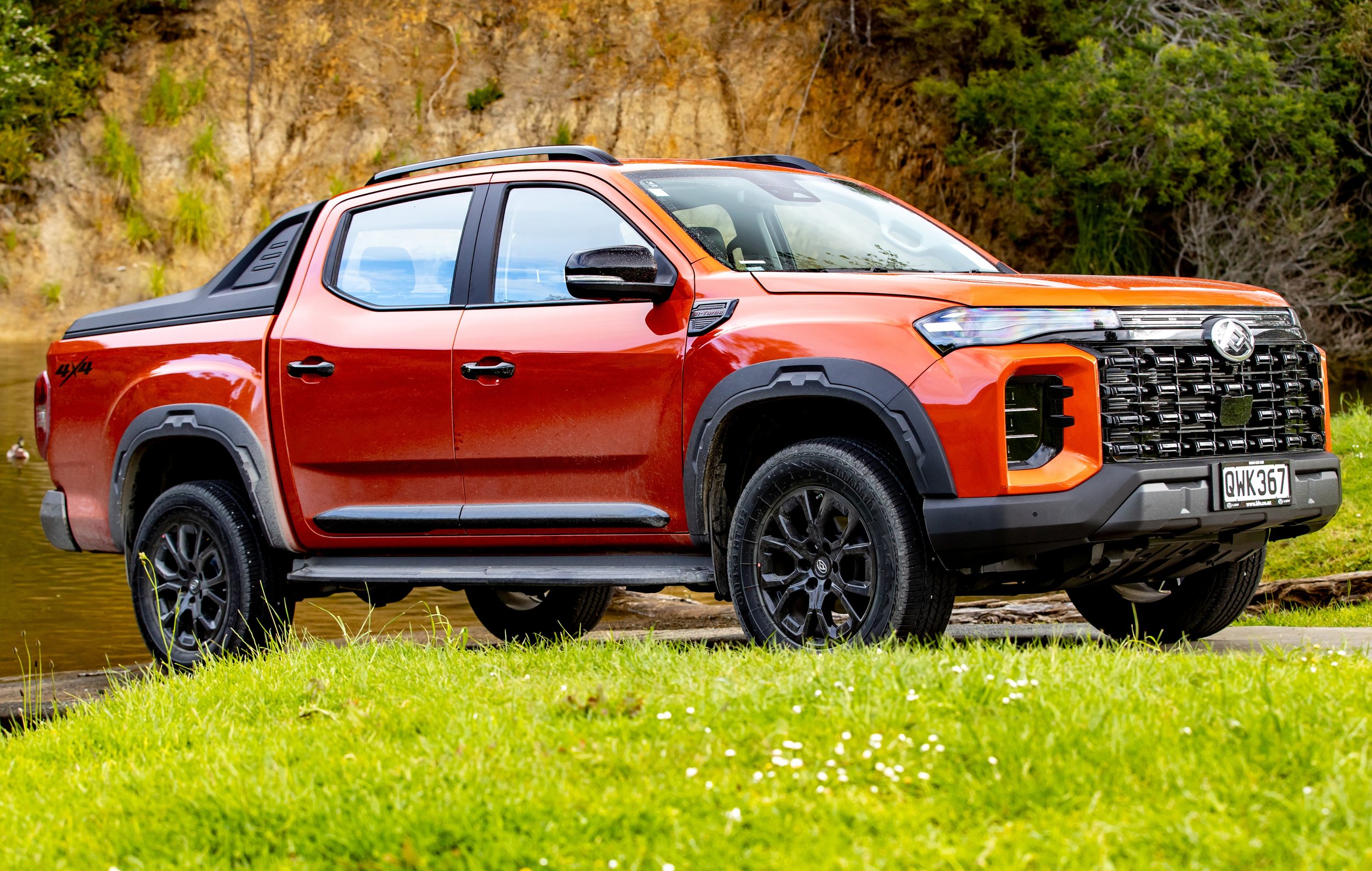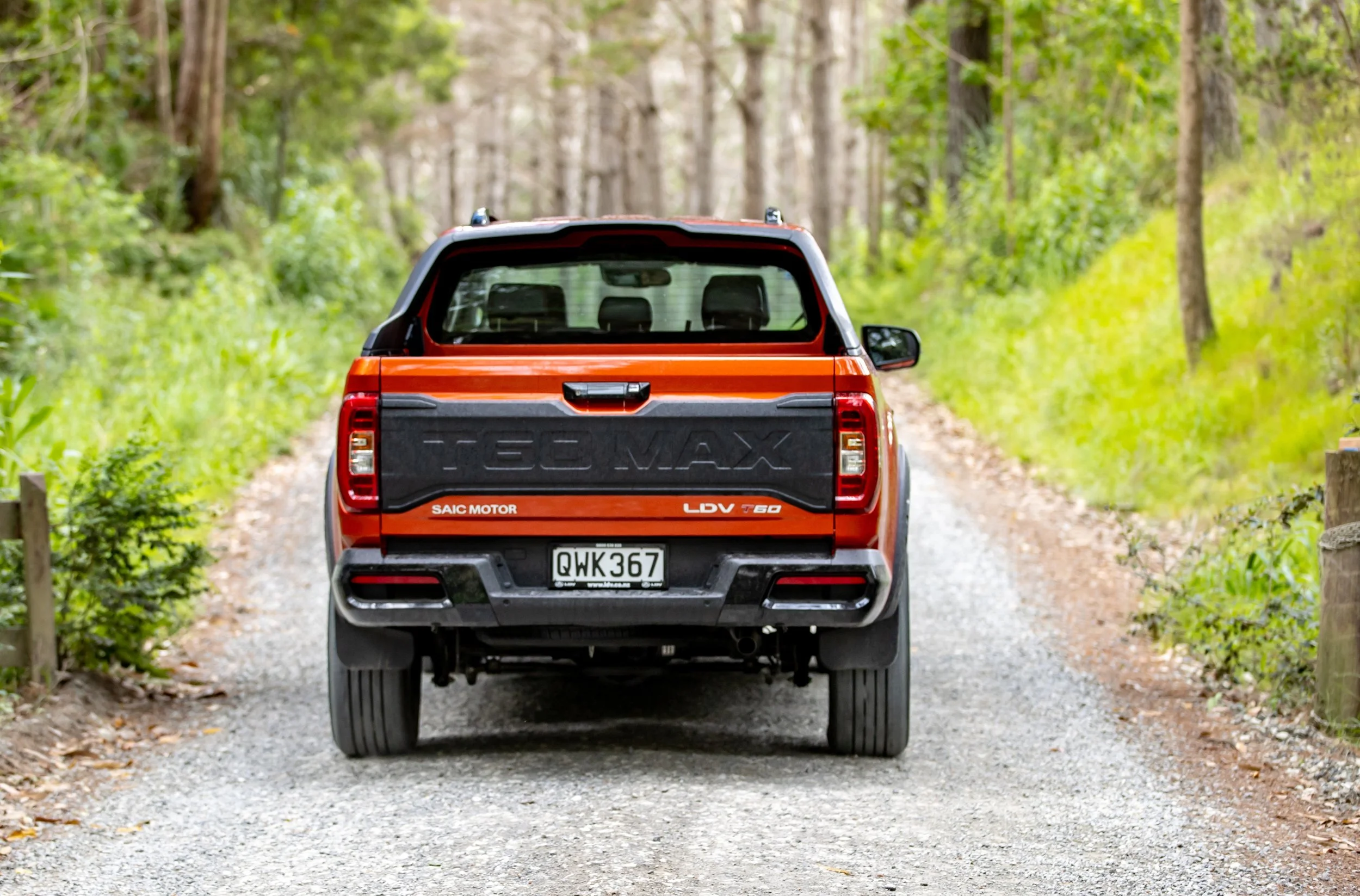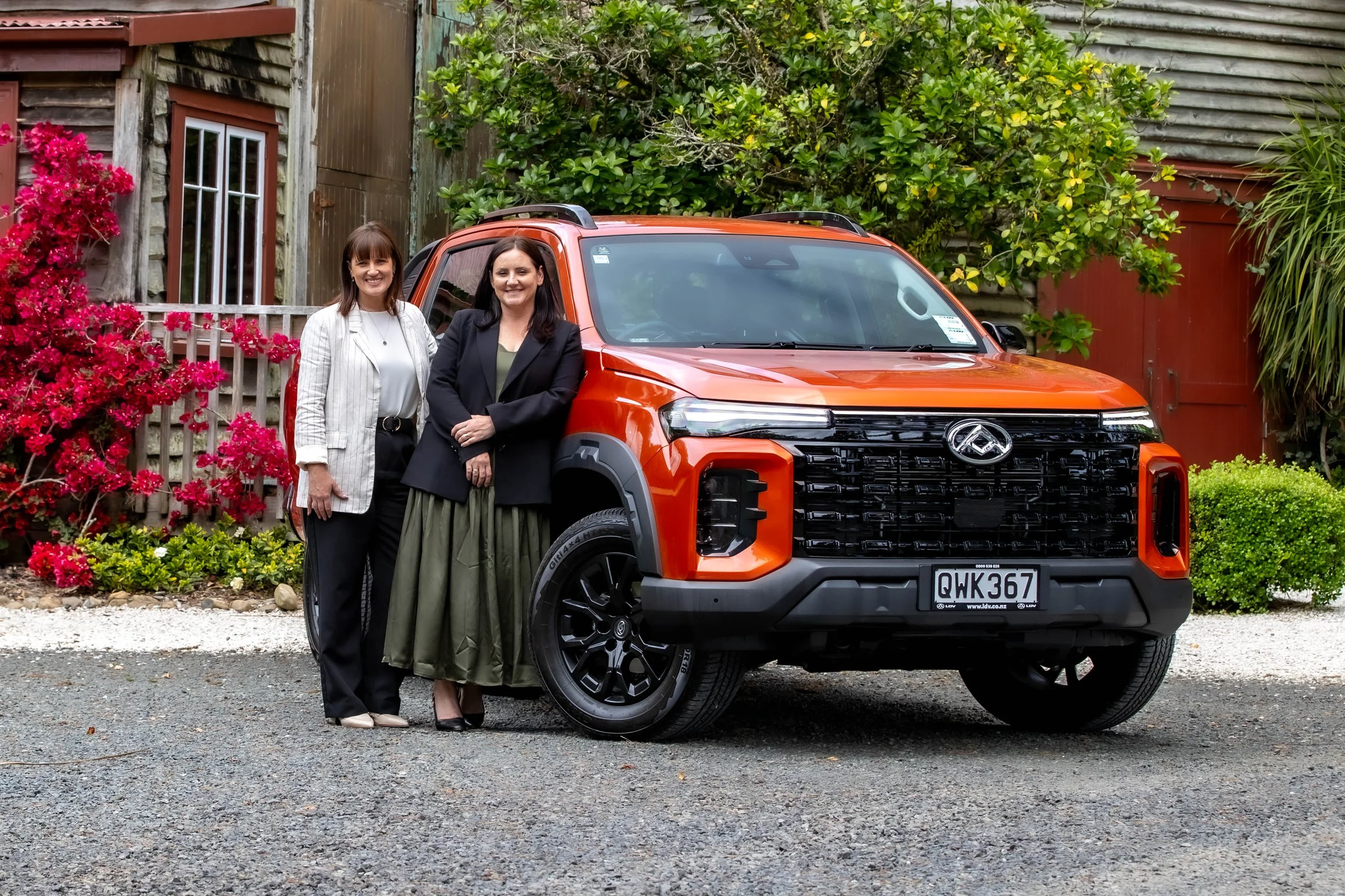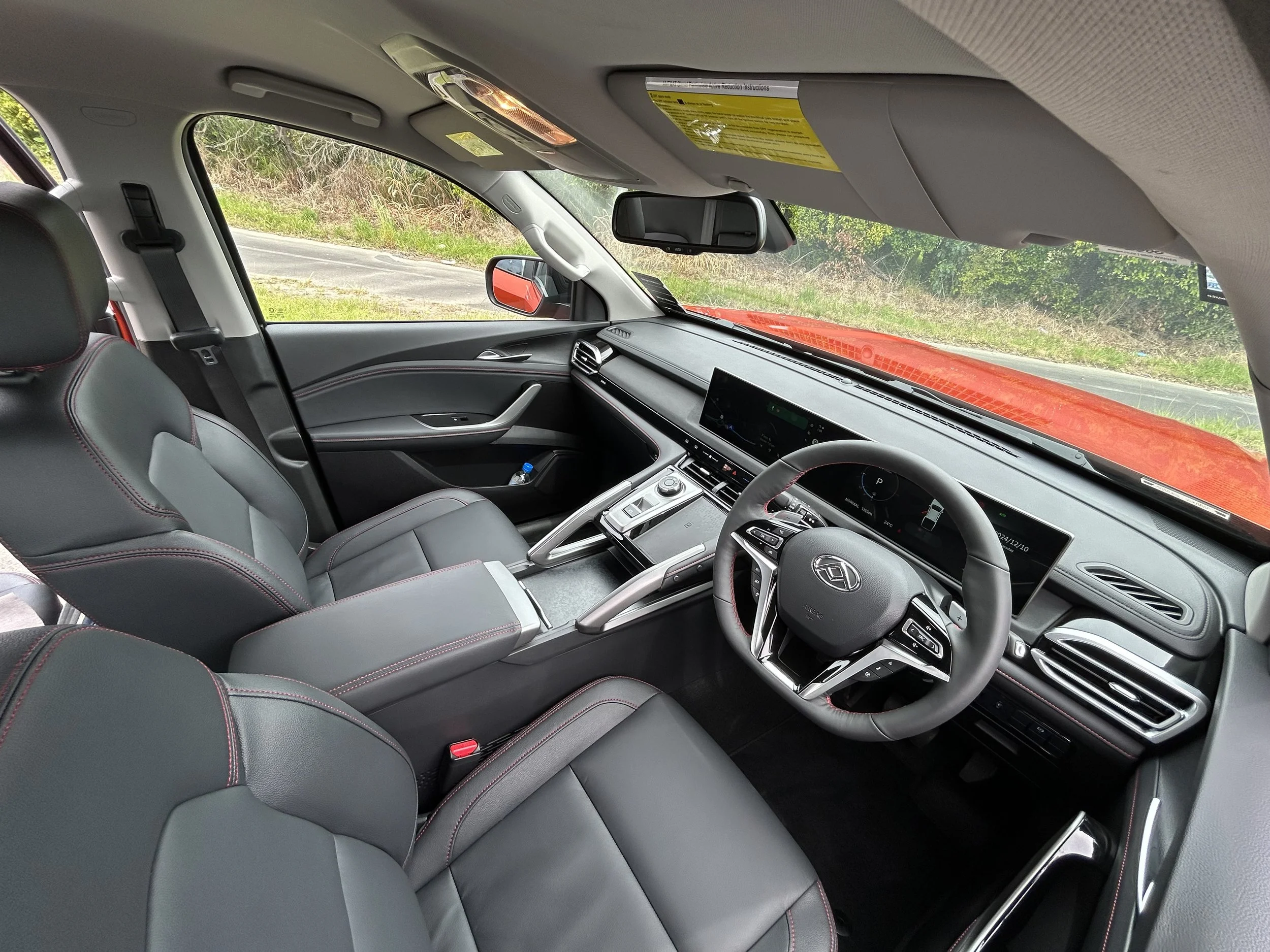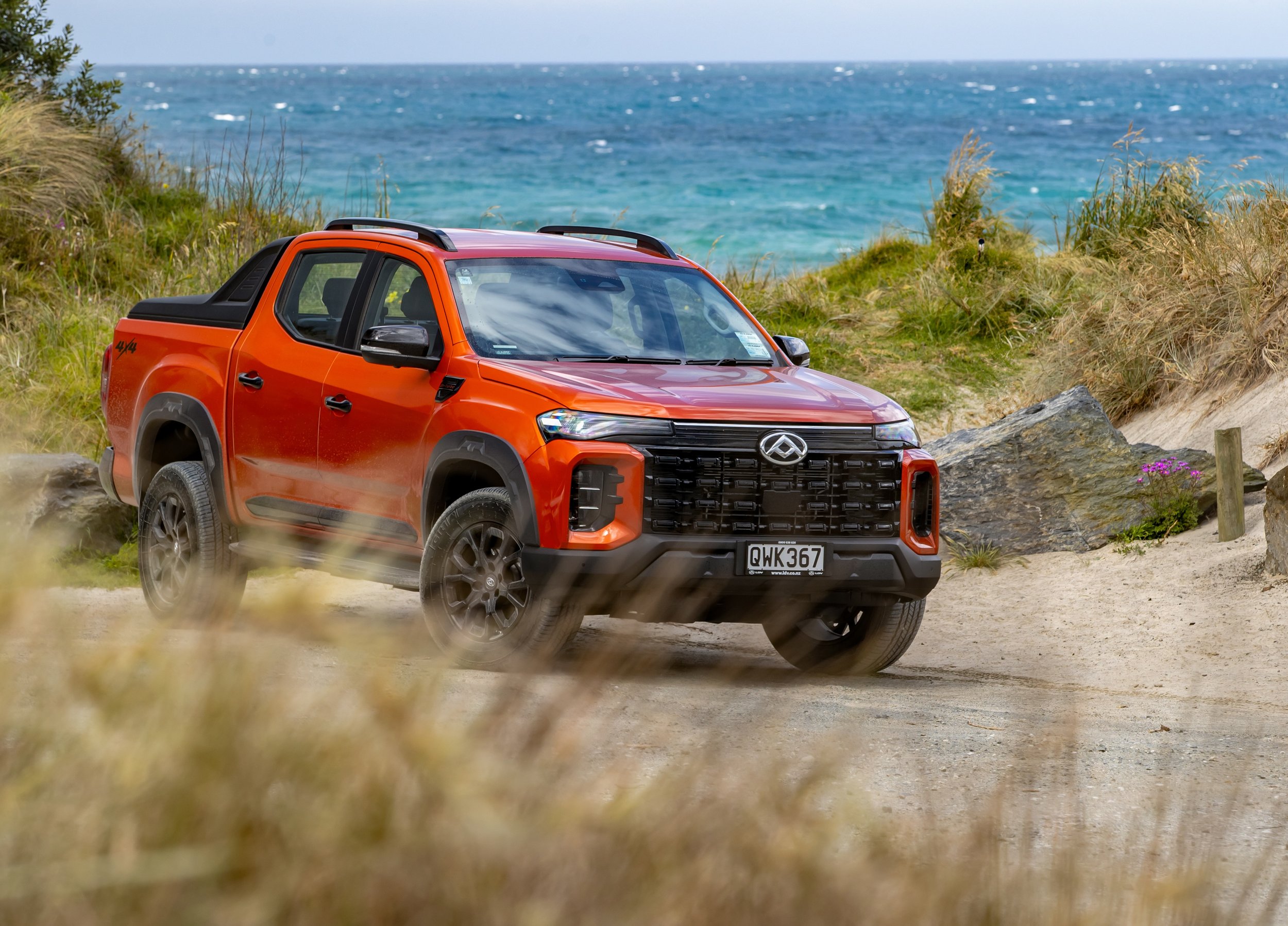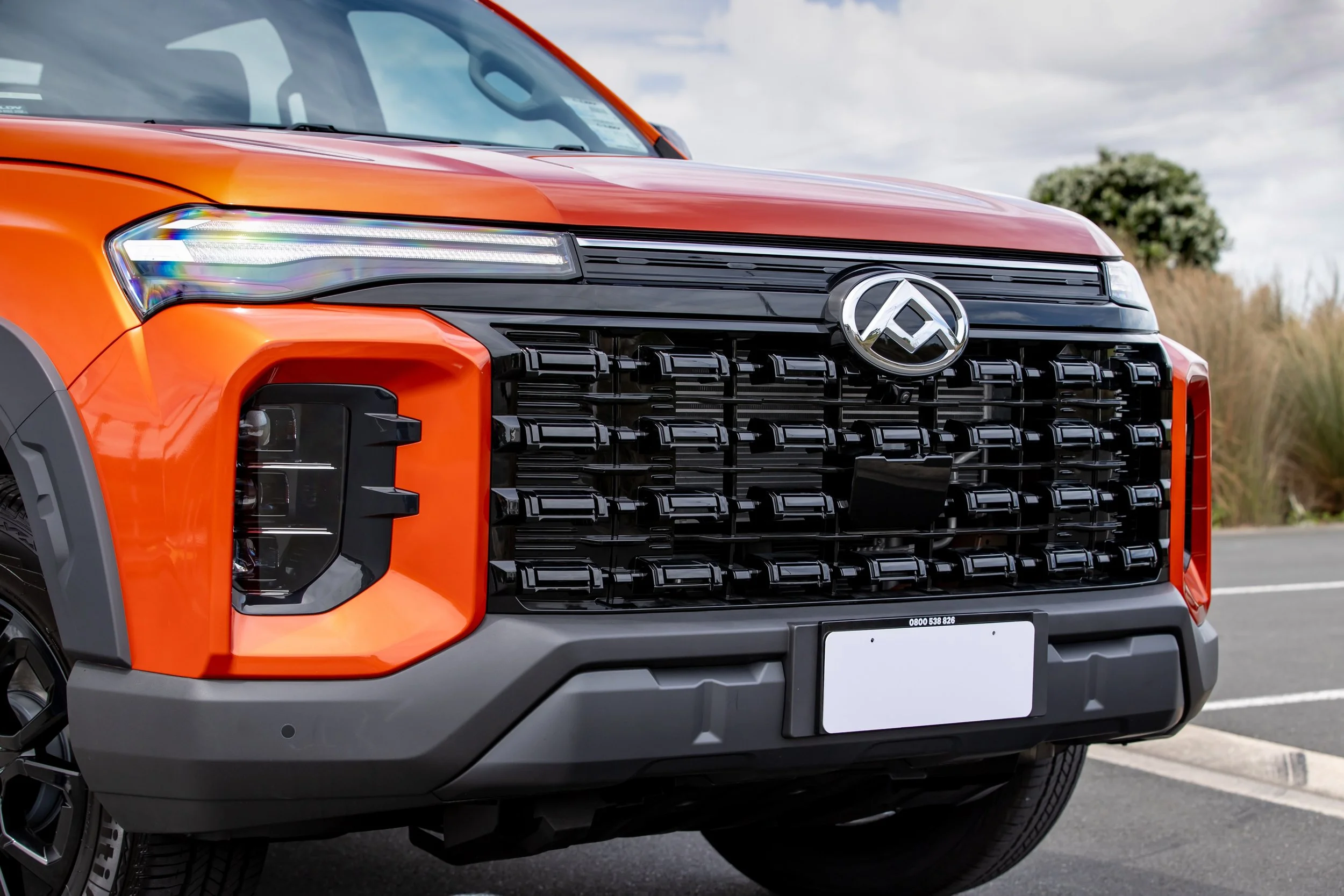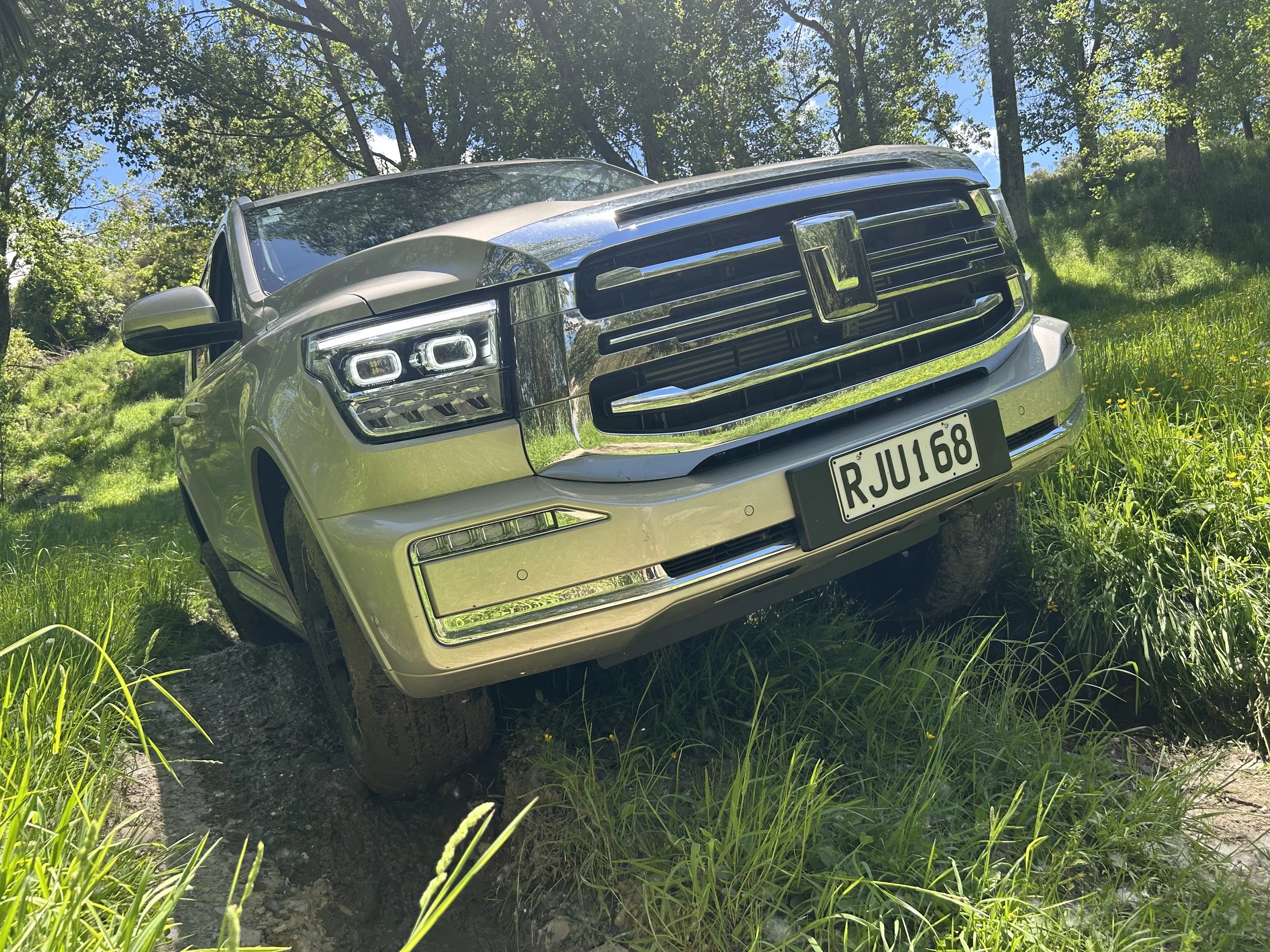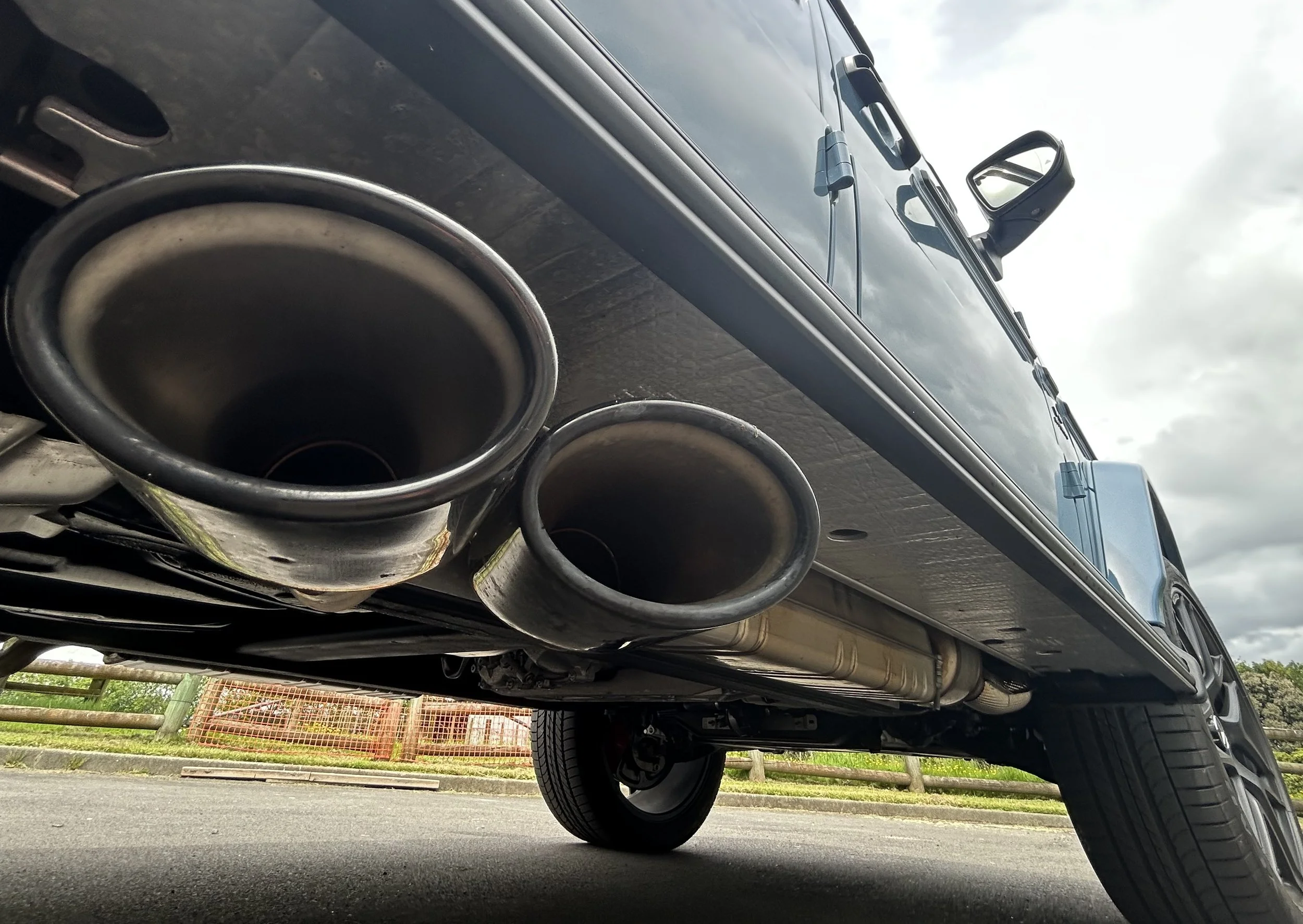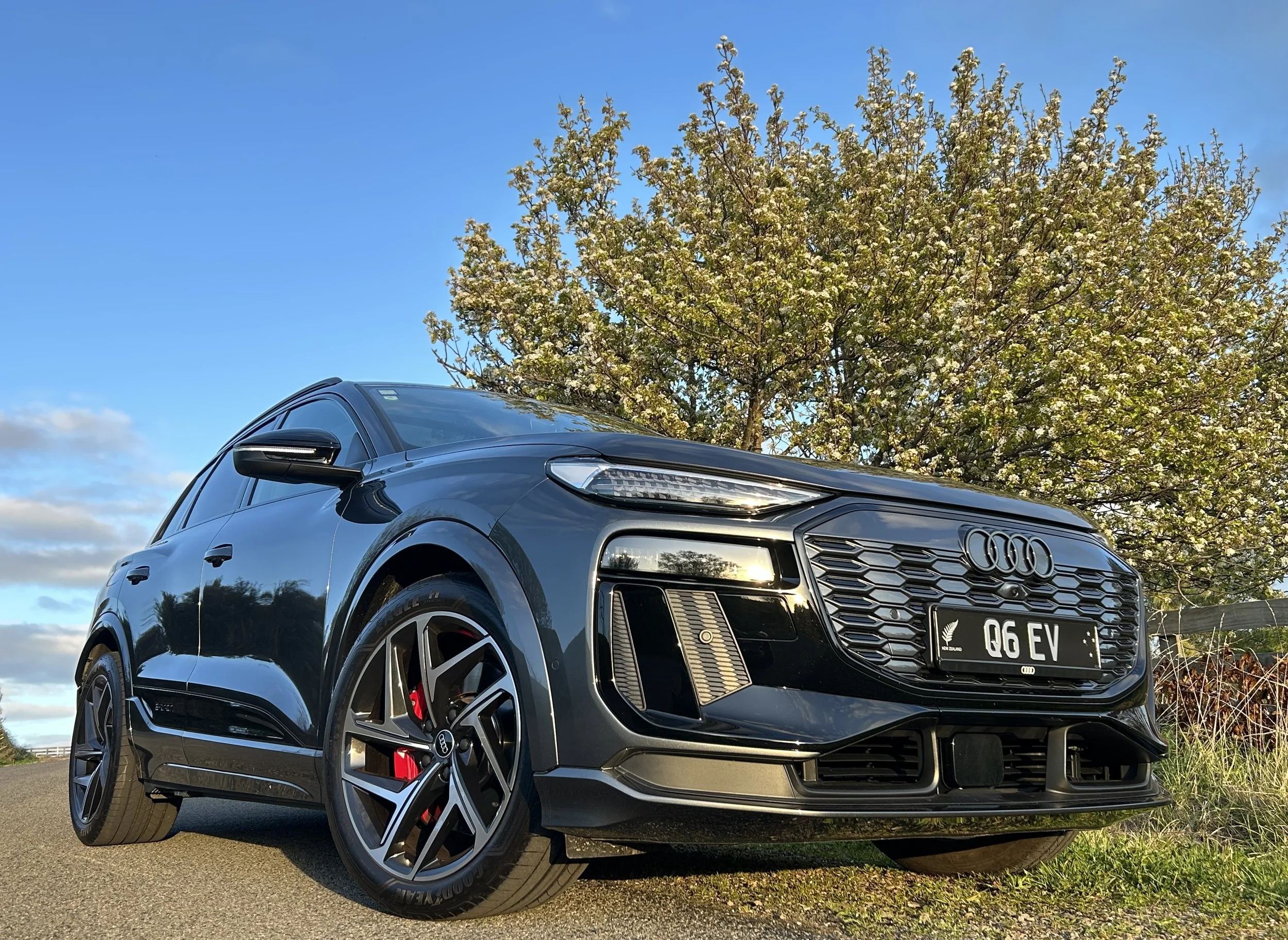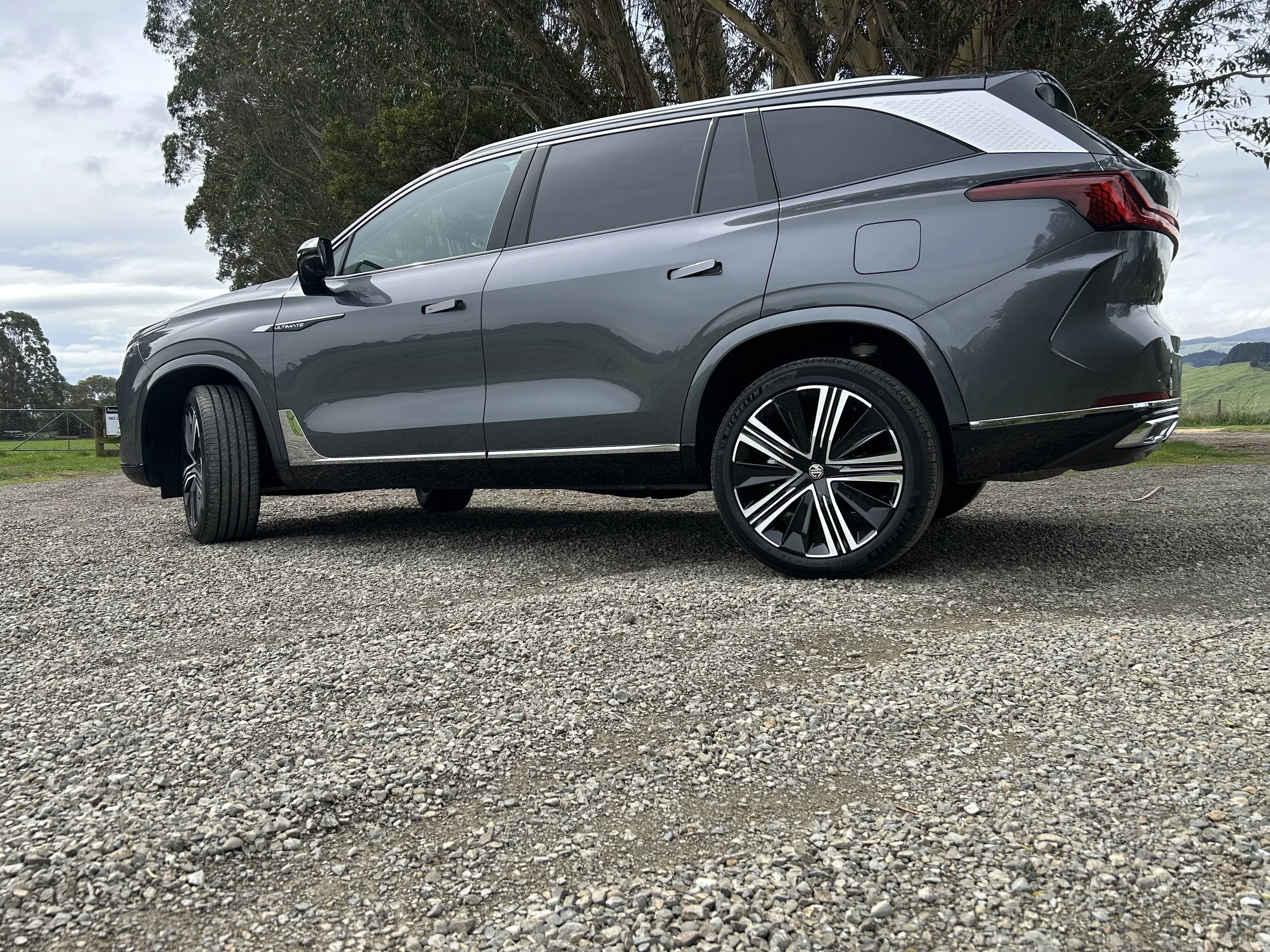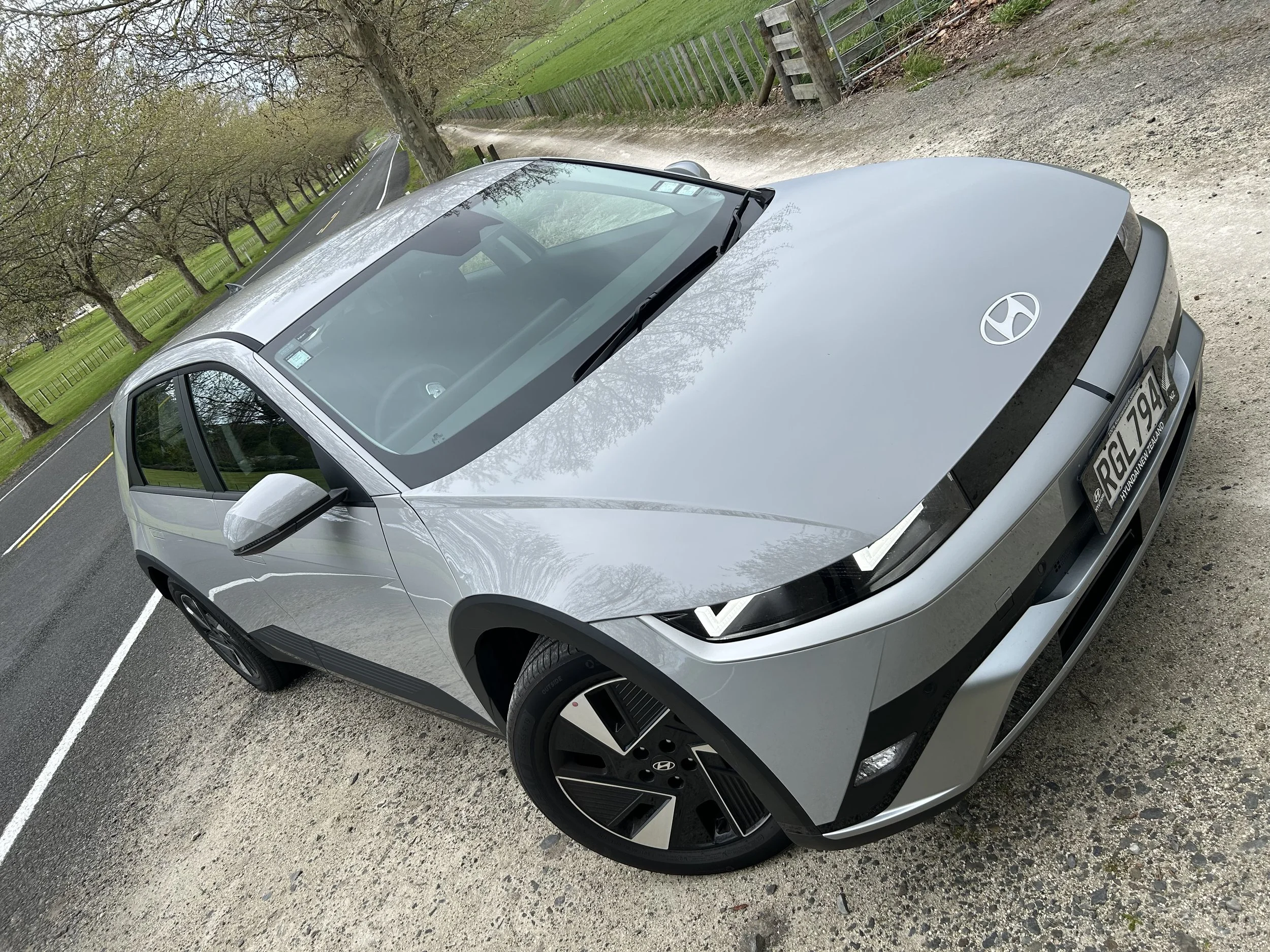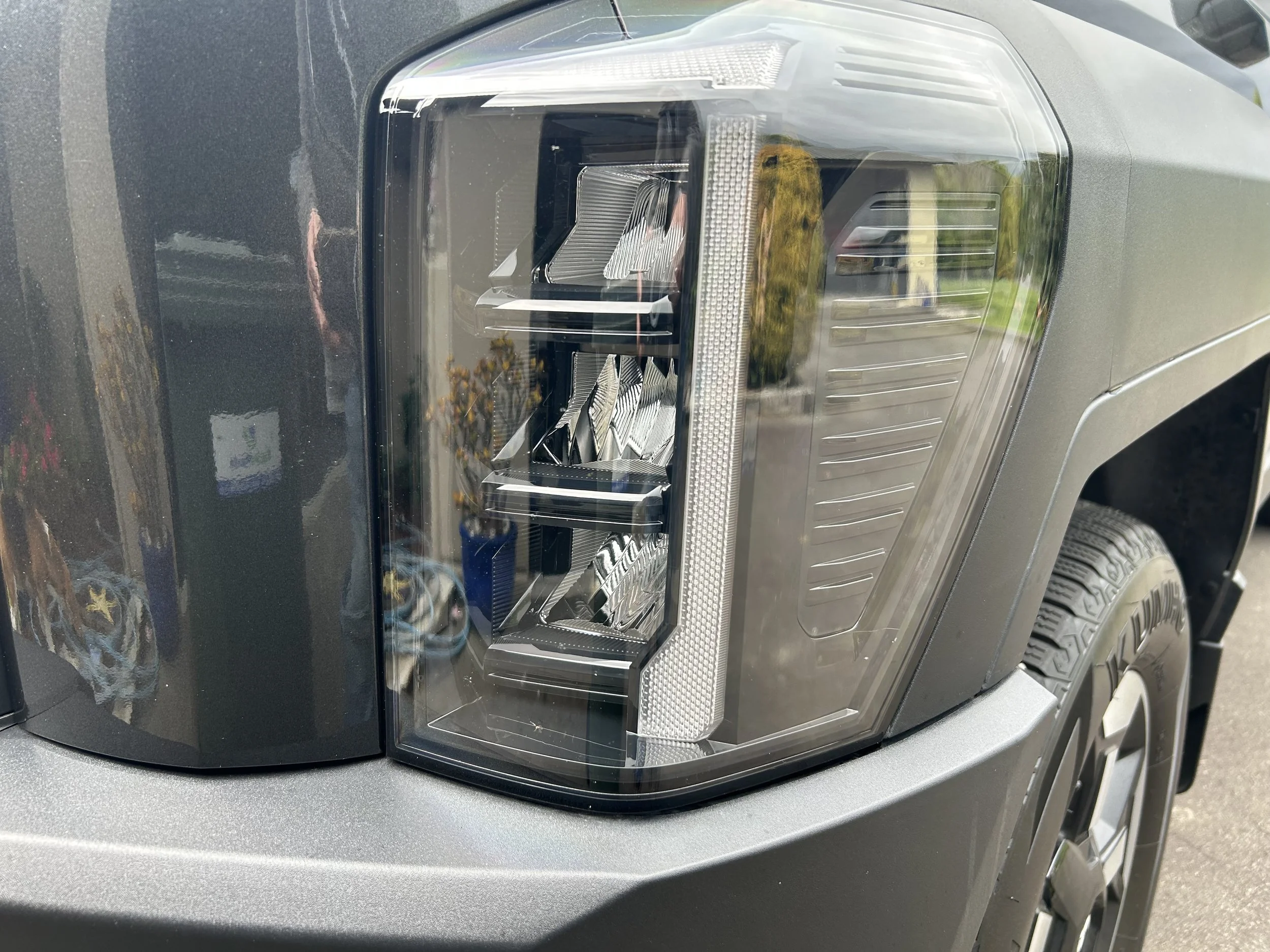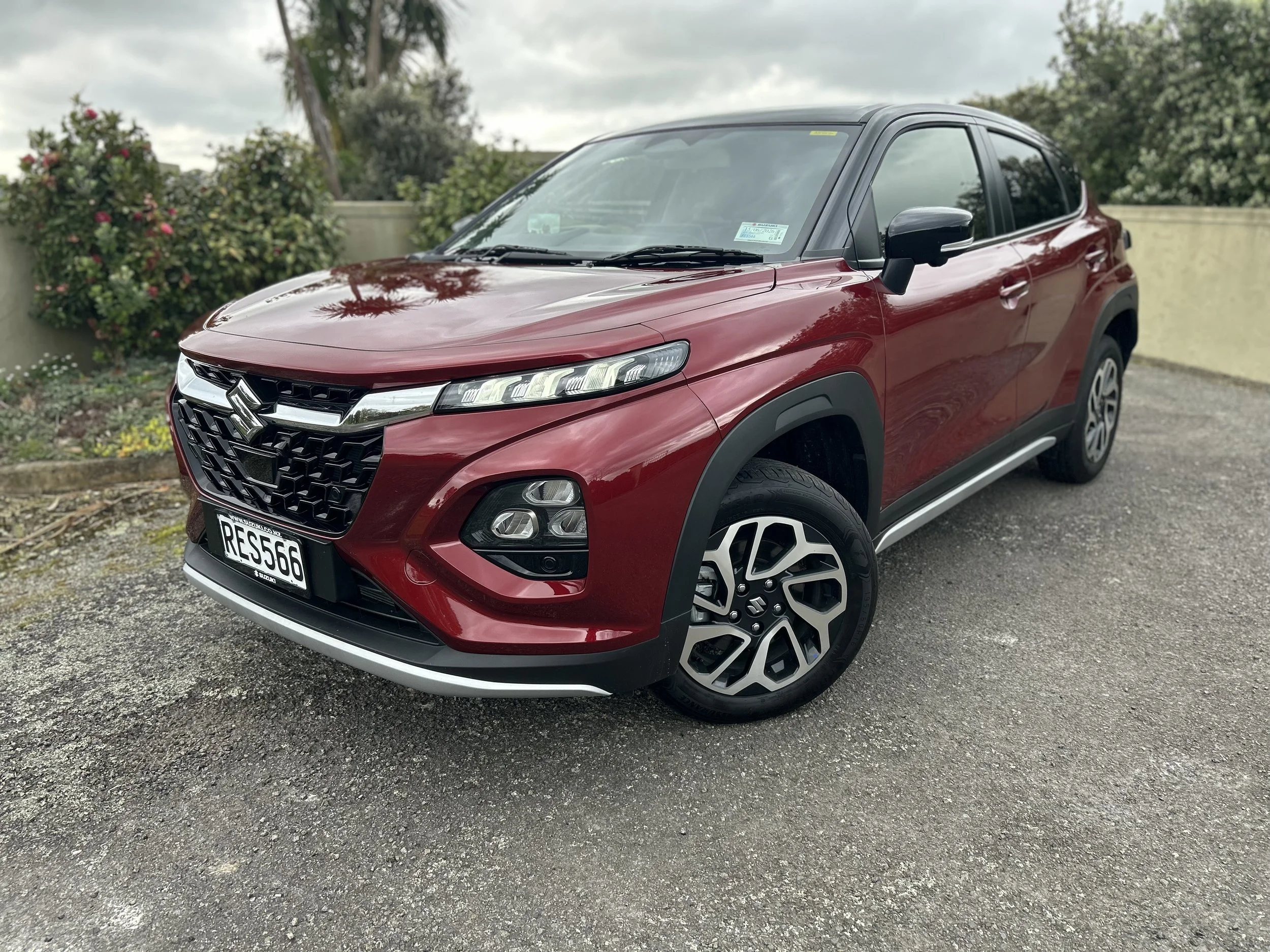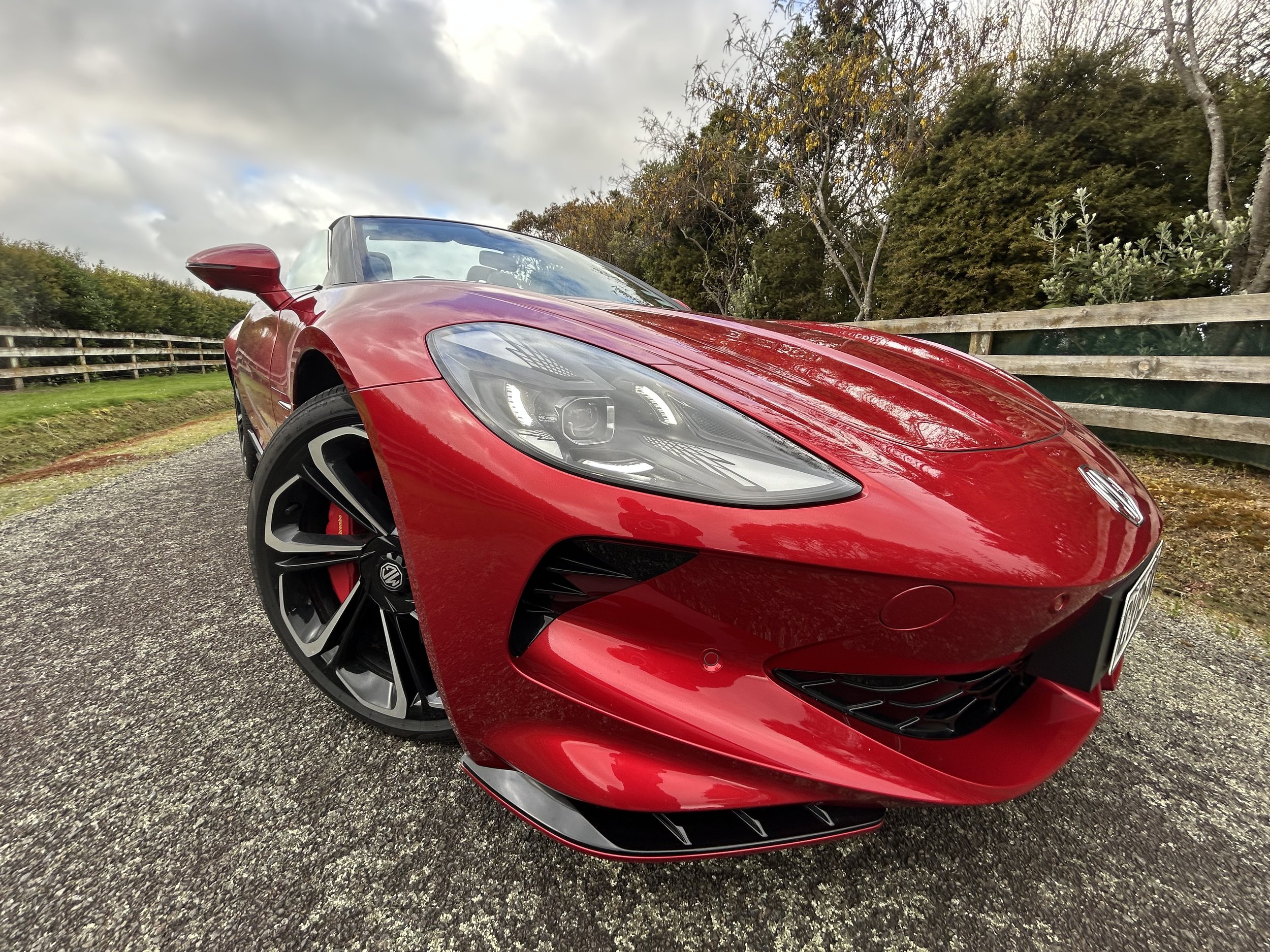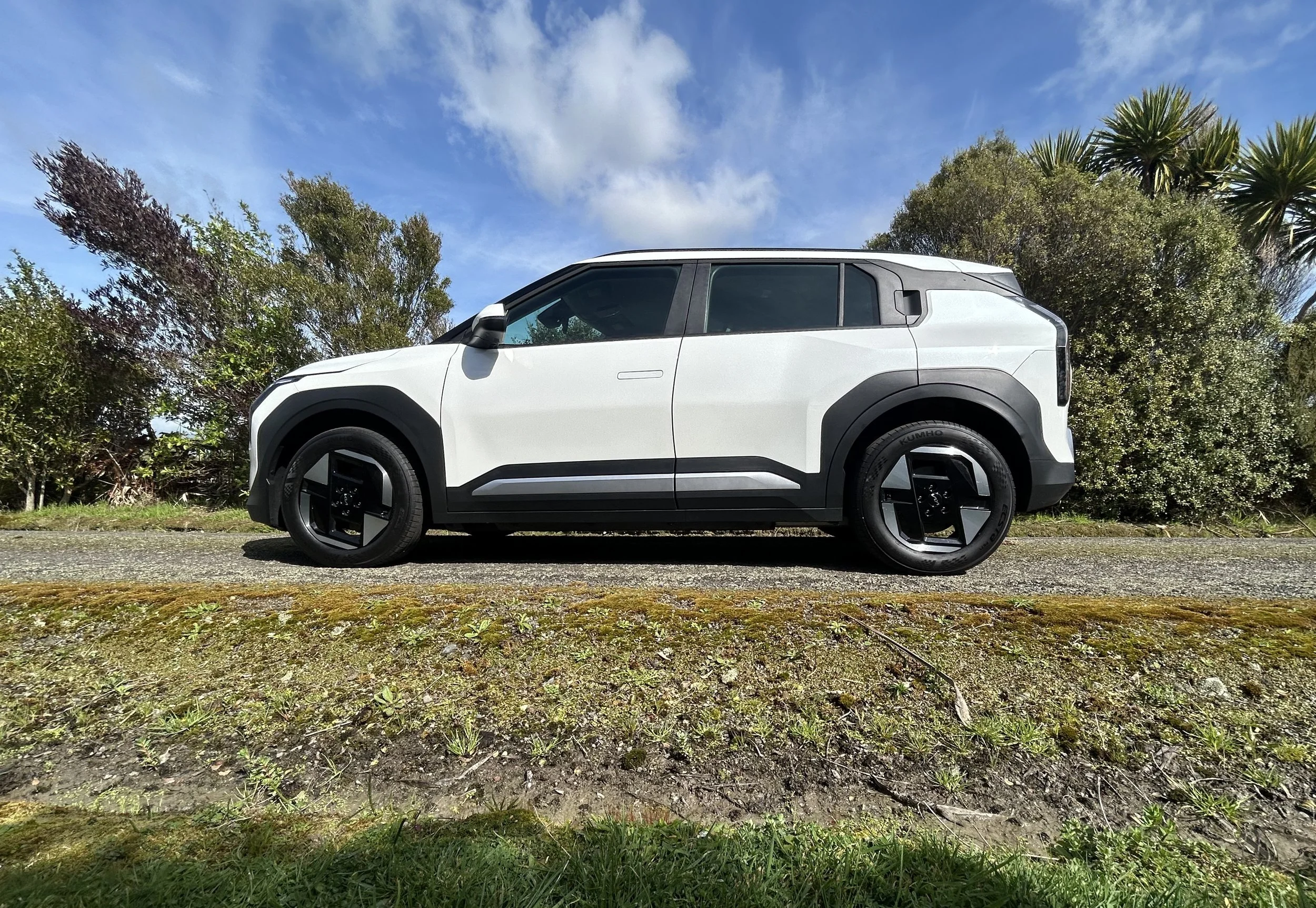LDV T60 Max Plus first drive: Flash in the plan
/Additional equipment, a big design refresh and a significant engineering change aim to keep this well-known offer in good health. But age also shows in the stars.
EFFORT to lift the LDV brand’s status here has begun with release of a new flagship T60 utility, an emboldened warranty and assurance of product integrity.
A revised exterior design, upgraded interior, added safety tech (autonomous emergency braking and adaptive cruise control are fresh) and new coil-spring rear suspension are hallmarks of the new addition $55,990 T60 Max Plus.
All are elements that, in time, will share to the carryover, $49,990 Lux and $46,990 Elite variants Kiwis are already familiar with.
The Max Plus loading does more than add much-needed freshness to a design that’s been around for seven years already, longer than any other ute from China.
It also fuels thought the T60 might now have a longer lifespan beyond the two remaining years of production that has been previously imagined.
This modernisation conceivably will make it look more strongly related to a bigger, properly brand-new utility the local distributor is looking to introduce in 2025.
At present, that model, the Terron 9, is still officially under evaluation, but on-sale seems assured.
Terron 9 will deliver in diesel, as T60 does, but with a larger engine and will also alternately become the make’s new electric-powered tray deck choice, in place of the current e-T60.
An e-Terron is going to deliver more grunt, better range, towing and load capacity and dual motor all-wheel-drive as an option to rear-drive, the e-T60’s format.
In the meantime, effort is being put into promoting T60 as a friendly and highly fulfilling choice for budget-constrained buyers shopping firmly within the more affordable end of the dual-cab segment has doubled-down.
It’s a crucial effort, given some other challenges the type has to tackle.
A consequence of its age is that, in three weeks T60 will lose its ANCAP safety rating - an optimal five star score - and downgrade to unrated status. That’s a consequence of the crash test auditor deciding ratings it determined more than six years ago are now not wholly unreliable.
T60 also sets a test for distributor Inchcape effort to overcome public perception of LDV products being blighted by quality issues. Again, the ute is at the centre of this viewpoint.
Front and central to addressing the latter is an effort to lift ownership peace of mind, primarily with a new warranty, of seven years and 200,000 kilometres, up from five years, 130,000kms previously for T60.
All T60s? Erm, sort of. The deal (which allies with seven-year/unlimited kilometre roadside assistance, and seven years' worth of complimentary Warrant of Fitness checks) only applies to Model Year 2024 upwards … and, at the moment, there are still some MY2023 vehicles yet to be sold (it’s been a tough year). The latter are on special, and still have the original warranty.
Daile Stephens, head of brand marketing for Inchcape, said the factory was aware of previously raised concerns about LDV vehicles, notably in respect to susceptibility to rust and corrosion, which the new cover appears to address more concisely.
“We have received sporadic reports from customers sharing concerns about quality of vehicles and we’re working with these customers to support them.”
LDV is a sub-brand of the Chinese SAIC Motor Corporation, which was aware of specific concerns, she said.
“LDV is committed to continuing to evolve and enhance their vehicles and this includes throughout a vehicle’s lifecycle, including with the introduction of a new model year.
“The new LDV T60 Max … is no exception and benefits from continued improvements LDV has implemented throughout the production process.”
She said LDV was committed to providing its customers with exceptional experiences and was “here to support any customer should they have a concern.”
The quality of some steel used in China-made vehicles has become a well-known point of discussion with consumers.
Interestingly, at its November 27 event for the JAC T9 - a direct competitor for Max Plus - that model’s distributor, NZ Automotive, made specific point of highlighting that model has an especially rich zinc content steel, the inference being it would be a positive for rust resistance.
From the new appearance, you’d be forgiven for thinking Max Plus dresses primarily to meet the tastes of weekend warriors and families seeking to run a dual-role work and play traydeck. It has plenty of additional plush features.
Yet overall T60, even in this glam format, is being oriented toward commercial choosers, the brand raising belief it has the country’s biggest commercial range.
Stephens and national sales manager Claire Dalton - who are seen above with the new model (Stephens is on the left) - and brand manager Ashley Tahapehi all reinforced how LDV aims to support hard-working Kiwis in traditional roles.
Their message is that T60 is for tradies starting out in business, small to medium enterprises and fleet managers.
Inchcape achieved rights to LDV less a year ago, Max Plus is its first vehicle since then and its release lends opportunity to relaunch the make, with intent to enforce it as “a brand committed to supporting hard-working Kiwis” says Stephens.
Operators requiring top safety scores will surely have to take into account that the T60’s status with our national auditor ANCAP - full name the Australasian New Car Assessment Programme - is about to alter.
The NZ-funded, Melbourne-based independent tester has said scores it determined years ago might have less authority now. Technology has improved. Testing has adjusted accordingly.
When the changes were announced in 2021, ANCAP chief executive Carla Hoorweg said the six-year system was to eliminate confusion for buyers, providing clarity so consumers can compare star ratings more accurately.
T60’s maximum score arrived in 2017, when ANCAP processes were less stringent. Under new guidances implemented at the start of this year, a safety rating holds validity for six years from year of issue. T60 achieved a year’s extra grace. That is understood to end on December 31.
LDV said yesterday the Max Plus is set to be re-tested in 2025, but when isn’t clear. Until the result of that evaluation is out, the model will conceivably stand as a unrated product. Meantime, it will go up against other utes that have five stars from the current test.
The Max Plus remains powered by the same 2.0-litre twin-turbo diesel, making 160kW and 500Nm, as the other T60s, this married (as they are) to a ZF-sourced eight-speed automatic, again with on-demand four-wheel-drive.
As said, aesthetically, the Max Plus looks pretty upmarket, standing apart from cheaper editions with a new front grille, front bumper, new side mirrors with auto folding and heating, all finished in black. As are the door handles, side trims, wheel arch claddings and roof rails.
The emboldened front-end styling also includes LED daytime running lights, LED headlights, it runs on stylish 18-inch wheels. All very ‘lifestyle.
The elements of a lockable tailgate (not connected to central locking), keyless entry and push-button start, auto wipers, auto lights with auto high-beam, front and rear parking sensors and a surround-view camera would also suit that ethos; likewise the cabin being highlighted by accented leather, contrast stitching and more soft-touch materials, with the auto shifter becoming a column-stalk selector to free up centre console space and it delivering fewer hard buttons than before.
All the same, as much as it has moved upmarket, it’s really only matching others. As much as it themes to sweaty toil, fact is the ute sector these days holds many well-provisioned choices, for simple reason these are the hottest sellers.
Plus, there’s sense that while it has all the smart new stuff, one or two elements are treated a bit lightly. The instrumentation and infotainment, for instance. These render digitally on twin 12.3 screens in a single widescreen frame and the graphics and animations look high-end.
But the screens aren’t as feature-filled as some. There’s no satellite navigation, for instance; that’s down to your device, which can now at least link up wirelessly (or wired, your call), whether it’s Apple CarPlay or Android Auto.
Seat heating is standard in this range-topper, as is a heated steering wheel. The power-adjustable front seats are comfortable, but for this tall user, the driver’s seat base needed to be a fraction lower. As is, I sat so high the rear vision mirror fell short in its range of adjustment. this made it the first ute of any kind I’ve driven in which I couldn’t get a clear view out the back. Another irk for a lanky person is that T60 still lacks telescopic steering column adjustment. It’s weird because overall, the cabin is hardly cosy, with good knee room and head clearance front and rear.
Storage options include a secret storage nook below the removable cupholders ideal for smaller valuables, the outboard rear seats have ISOFIX child seat mounts and the bases back there can be folded upwards to free up some extra storage.
Max Plus does more than go big aesthetically… while ‘Plus’ doesn’t mean plus-sized (that’s Terron 9) it is also a little bigger, physically. At 5395mm long, it is 30mm longer than models lower down the range and 10mm taller (at 1819mm). Width carries over at 2145mm with mirrors extended or 1900mm with mirrors folded.
The measure of a ute is the size and cargo loading capacity of its tub. Other markets have an alternate long deck, but not here; it’s never been popular. So Max Plus has a standard dimension type, measuring 1485mm long, 1510mm wide (1131mm between the wheel arches) and with a tailgate opening of 1430mm. Payload is a touch light, being rated at 830kg. A consequence, perhaps, of the new rear suspension set-up that ditches the leaf springs at the rear and replaces them with an all-new multi-link coil-sprung set-up.
The inside of the tub is finished with spray-on liner, adding some protection. The are four tie-down points but those looking for no lights or an additional power outlet will be disappointed.
How well it might acquit off-road couldn’t be addressed on the brief introductory run, but it has hill descent control, hill start assist, stability and traction control, and an on-demand locking rear differential.
On a variety of seal roads, the vehicle felt firm and a bit bouncy with an unladen deck. But it was also a brand-new example; perhaps it might settle in a bit. Alternately, loading up the deck with a couple of sandbags might help settle it. Logically, the new suspension should enhance the driving manners.
LDV talks of a retune for the engine, not to release more grunt but to improve the refinement. I suspect you’d need an old and new to tell the difference, It seem okay for responsiveness, but at start-up you can still tell what sort of fuel is preferred. The auto is well-tuned but on this example would occasionally hold gears longer than expected.
Lifting T60’s status within the one-tonne zone will not be a cinch. This is the new vehicle market’s most competitive and most heavily-populated sector; there’s so much competition.
Max Plus is the second-most expensive T60 here, siting $14k less than the T60 Traverse, which is a Lux with a heap of aftermarket, entirely NZ-sourced off-loading accessories added to it. The Traverse will remain as a customer choice, but on indent -only. Max Plus is expected to be a strong seller.
As said, within Sino-centric circles, the big competitor for this Max Plus would seem to be the equally-sized, even more fully-specified and $5000 cheaper JAC T9. The GWM Cannon that is dearer than both is also lurking. Beyond those China-born performers, there’s the Mitsubishi Triton, though it’s not as fulsomely specified at this spending level.

